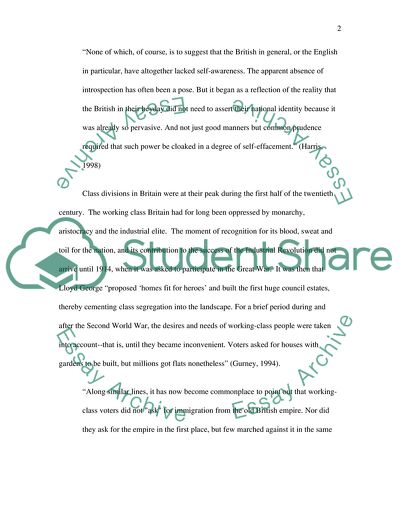Cite this document
(The Best Indicator of Twentieth Century Voting Patterns in Britain Essay - 1, n.d.)
The Best Indicator of Twentieth Century Voting Patterns in Britain Essay - 1. https://studentshare.org/politics/1721777-introduction-to-british-politics
The Best Indicator of Twentieth Century Voting Patterns in Britain Essay - 1. https://studentshare.org/politics/1721777-introduction-to-british-politics
(The Best Indicator of Twentieth Century Voting Patterns in Britain Essay - 1)
The Best Indicator of Twentieth Century Voting Patterns in Britain Essay - 1. https://studentshare.org/politics/1721777-introduction-to-british-politics.
The Best Indicator of Twentieth Century Voting Patterns in Britain Essay - 1. https://studentshare.org/politics/1721777-introduction-to-british-politics.
“The Best Indicator of Twentieth Century Voting Patterns in Britain Essay - 1”. https://studentshare.org/politics/1721777-introduction-to-british-politics.


